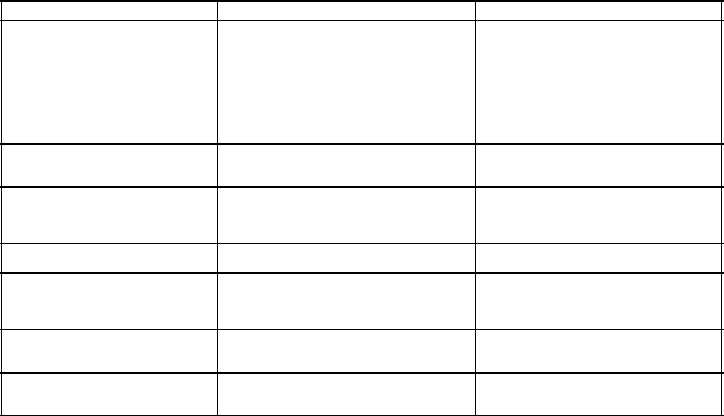TM 10-3930-665-13&P
Section III TROUBLESHOOTING
3-5 TROUBLESHOOTING CHART
TROUBLE
CAUSE
SOLUTION
Conveyor will not start or motor
1. Motor is overloaded or drawing
1. Check for overloading of
quits frequently.
to much current.
conveyor.
Drive chain and sprockets have
1. Lack of lubrication on chain may
1. Replace chain and sprocket.
excessive ,wear.
have caused chain stretch, which
created an improper chain to
sprocket mesh.
2. Sprockets are out of alignment.
2. Align sprockets. (See sect 3-2)
3. Loose chain.
3. Tighten chain.
Loud popping or grinding noise.
1. Defective bearing.
1. Replace bearing.
2. Loose set screws.
2. Tighten set screw.
3. Loose drive chain.
3. Tighten chain.
Motor or reducer overheating.
1. Conveyor is overloaded.
1. Check
2. Low voltage to motor.
2. Have an electrician check supply
voltage.
3. Low lubricant level in reducer.
3. Relubricate. (See sect 3-3)
Belt doesn’t move. but drive runs.
1. Conveyor is overloaded.
1. Reduce load.
2. Belt is loose.
2. Tighten belt.
Entire belt creeps off at one spot.
1. One or more idlers are out of
1. Adjust idlers.
line.
2. Material buildup on pulleys or
2. Remove residue from pulleys or
idlers.
idlers.
Belt creeps to one side at either tail
1. Tail pulley, return idler, or snub
1. Adjust as necessary.
pulley.
idler near tail pulley not properly
aligned or square with bed.
Entire belt creeps to one side.
1. Conveyor not level.
1. Correct as necessary.
2. Material buildup on rollers,
2. Remove residue.
pulleys. or idlers.
WARNING:
IT
IS
IMPORTANT
THAT
ONLY
QUALIFIED
PERSONNEL
ENGAGE
IN
TROUBLESHOOTING
OR
REPAIR
OF
THE
CONVEYOR,
OR
INJURY
TO
PERSONNEL AND/OR DAMAGE TO EQUIPMENT MAY RESULT.
3-4
|
|




